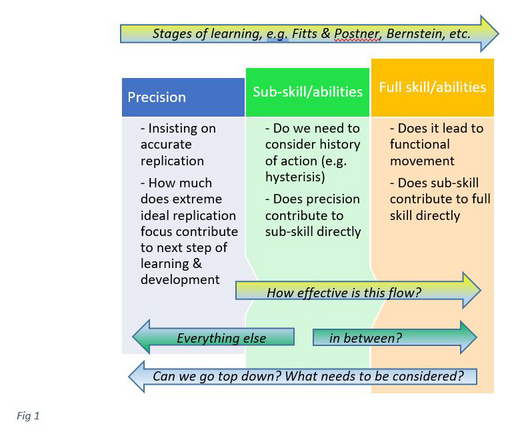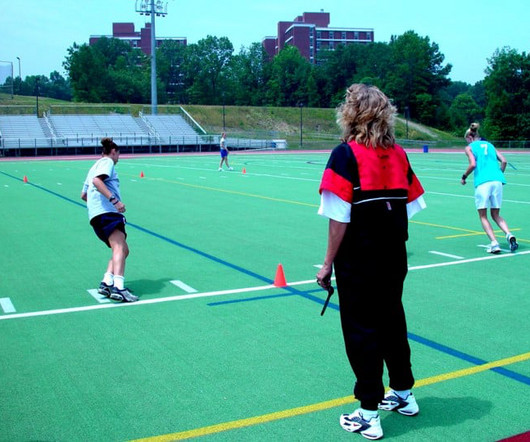Precision in Physical Education (PE) – What is its role?
Reinventing the Game
FEBRUARY 17, 2023
My personal belief is that the younger the age group of learners, the more worthwhile to understand better the physiological processes at work within the learner and the behaviour exhibited in response to task and environment. You may still find older teachers and school curriculum still clinging to it. Or is it not?











Let's personalize your content